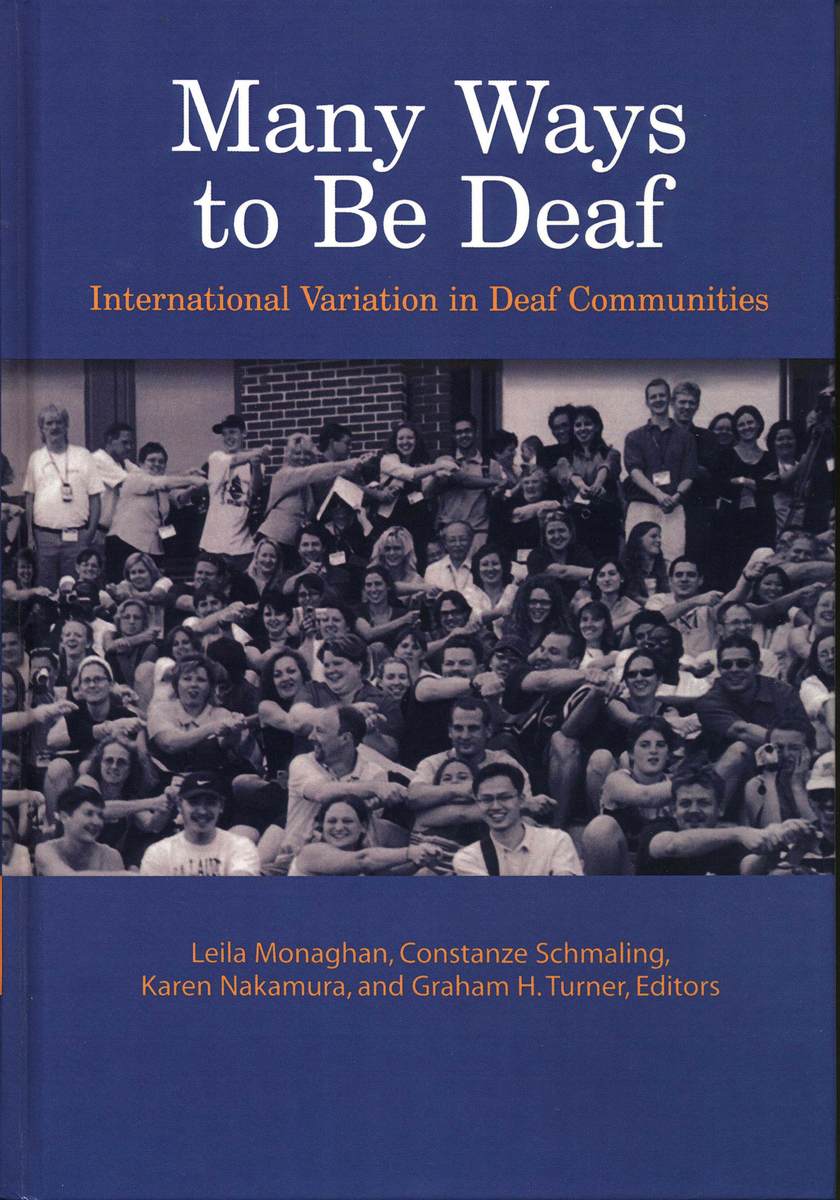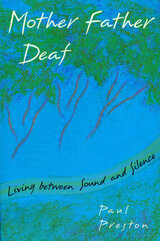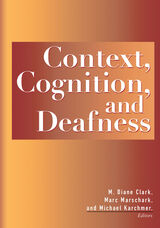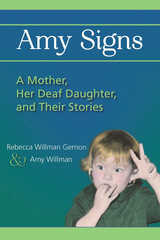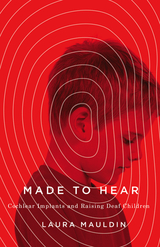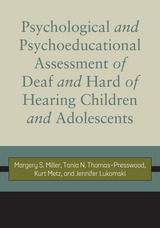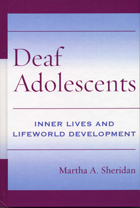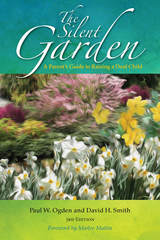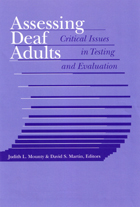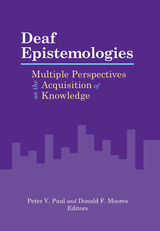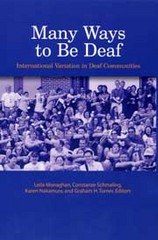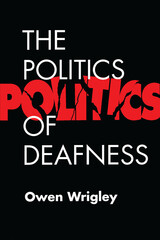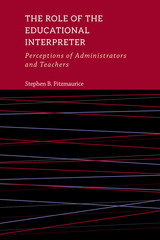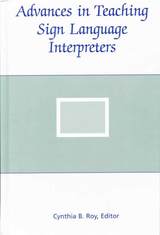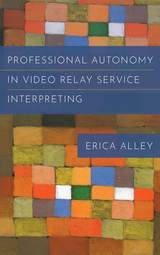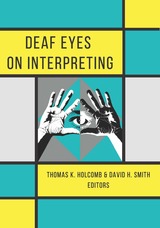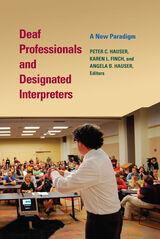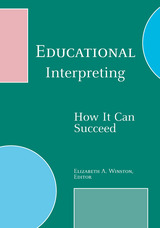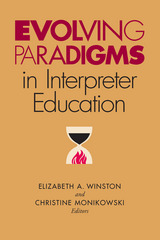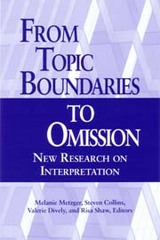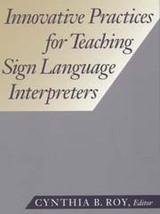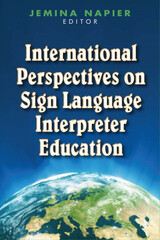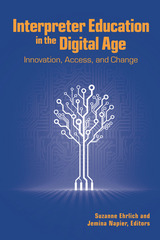Many Ways to Be Deaf: International Variation in Deaf Communities
Gallaudet University Press, 2003
Cloth: 978-1-56368-135-6 | eISBN: 978-1-56368-234-6 | Paper: 978-1-56368-578-1
Library of Congress Classification HV2395.M36 2003
Dewey Decimal Classification 305.908162
Cloth: 978-1-56368-135-6 | eISBN: 978-1-56368-234-6 | Paper: 978-1-56368-578-1
Library of Congress Classification HV2395.M36 2003
Dewey Decimal Classification 305.908162
ABOUT THIS BOOK | AUTHOR BIOGRAPHY | REVIEWS | TOC | REQUEST ACCESSIBLE FILE
ABOUT THIS BOOK
The recent explosion of sociocultural, linguistic, and historical research on signed languages throughout the world has culminated in Many Ways to Be Deaf, an unmatched collection of in-depth articles about linguistic diversity in Deaf communities on five continents. Twenty-four international scholars have contributed their findings from studying Deaf communities in Japan, Thailand, Viet Nam, Taiwan, Russia, Sweden, Austria, Switzerland, Great Britain, Ireland, Nigeria, South Africa, Brazil, Nicaragua, and the United States. Sixteen chapters consider the various antecedents of each country’s native signed language, taking into account the historical background of their development and also the effects of foreign influences and changes in philosophies by the larger, dominant hearing societies.
The remarkable range of topics covered in Many Ways to Be Deaf will fascinate readers, from the evolution of British fingerspelling traced back to the 17th century; the comparison of Swiss German Sign Language with Rhaeto-Romansch, another Swiss minority language; the analysis of seven signed languages described in Thailand and how they differ in relation to their distance from isolated Deaf communities to Bangkok and other urban centers; to the vaulting development of a nascent sign language in Nicaragua, and much more. The diversity of background and training among the contributors to Many Ways to Be Deaf distinguishes it as a genuine and unique multicultural examination of the myriad manifestations of being Deaf in a diverse world.
See other books on: Communities | Cross-cultural studies | Deaf | Identity (Psychology) | Sociolinguistics
See other titles from Gallaudet University Press
